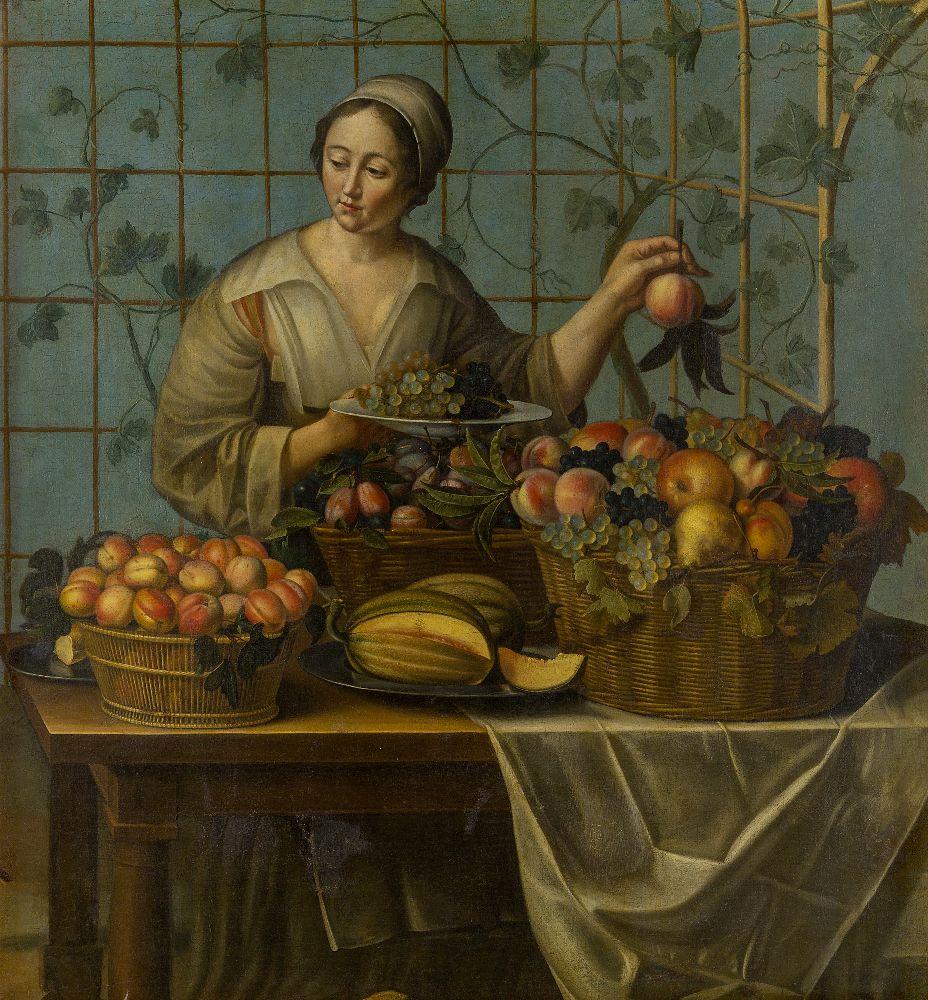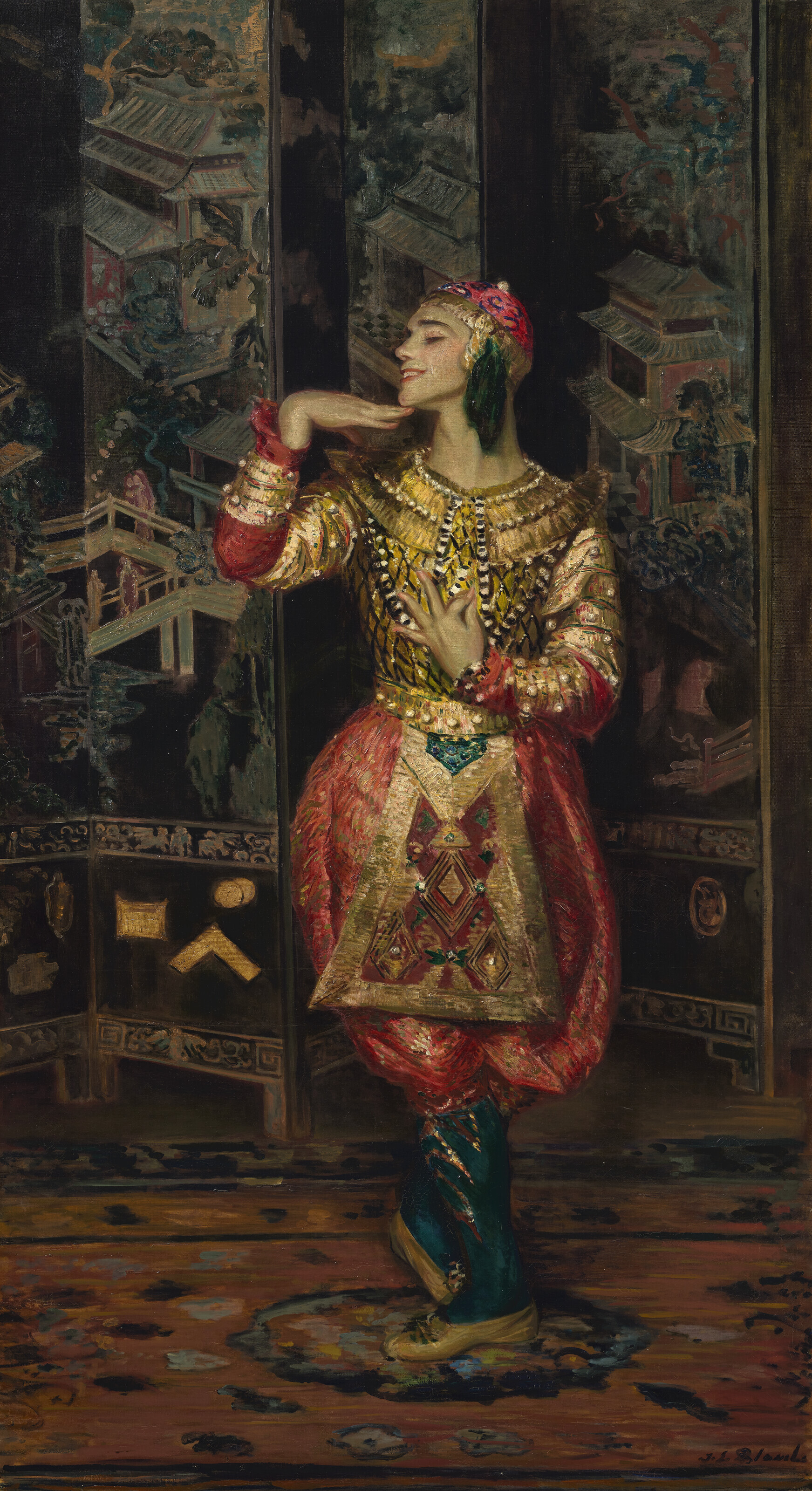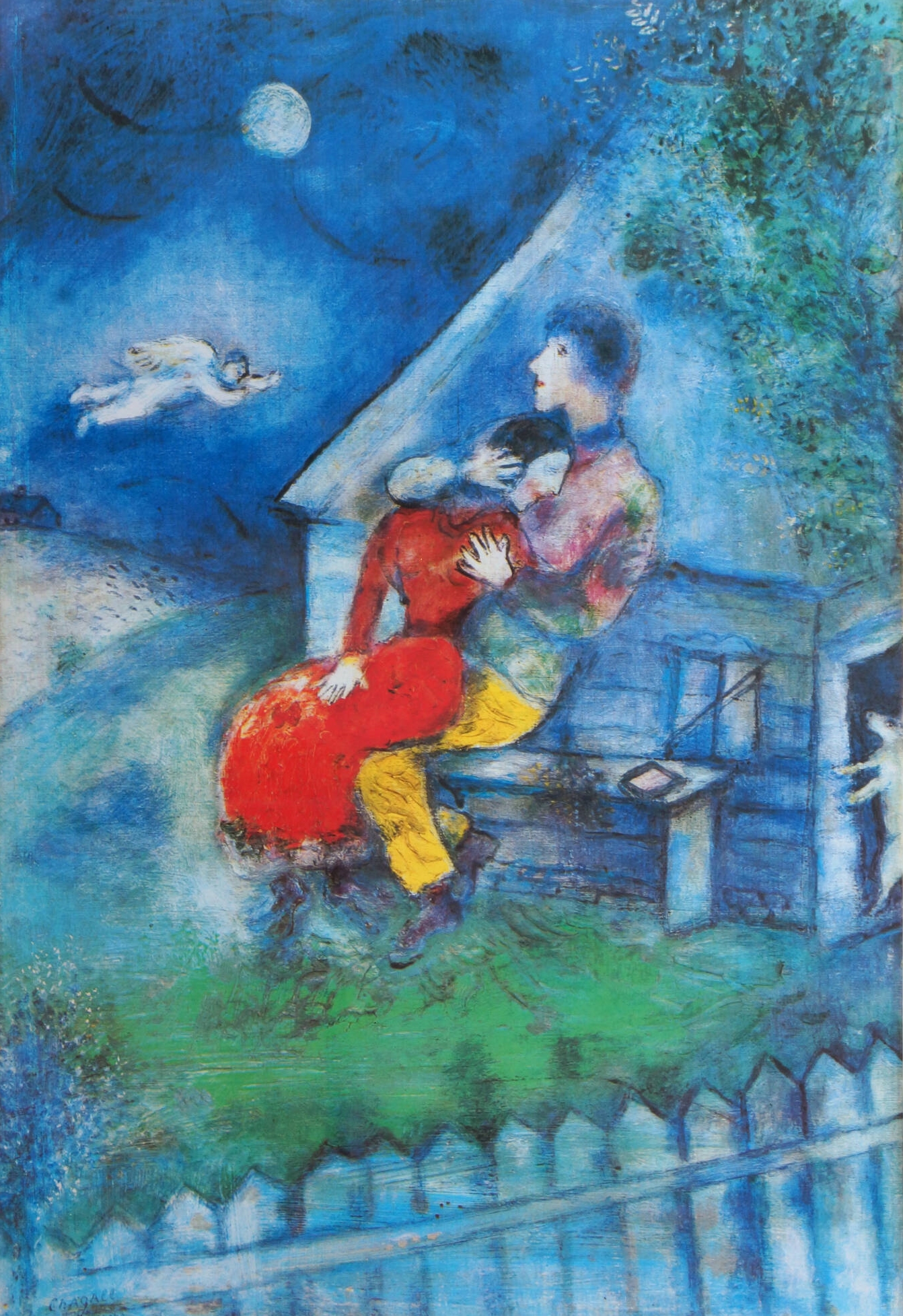Louise Moillon (1610-1696) was a French still life painter in the Baroque era.
It is recorded that she became known as one of the best still life painters of her time, as her work was purchased by King Charles I of England, as well as French nobility.
Louise Moillon is also known for her Flemish style that is present in her artwork.
Moillon created about 40 artworks during her lifetime which are held in museums and private collections.







